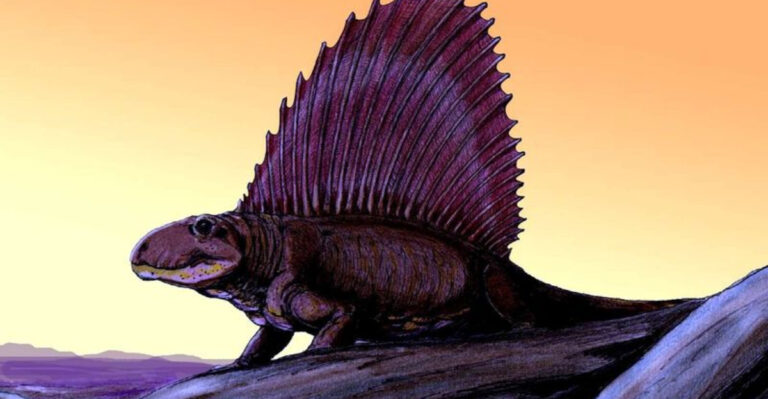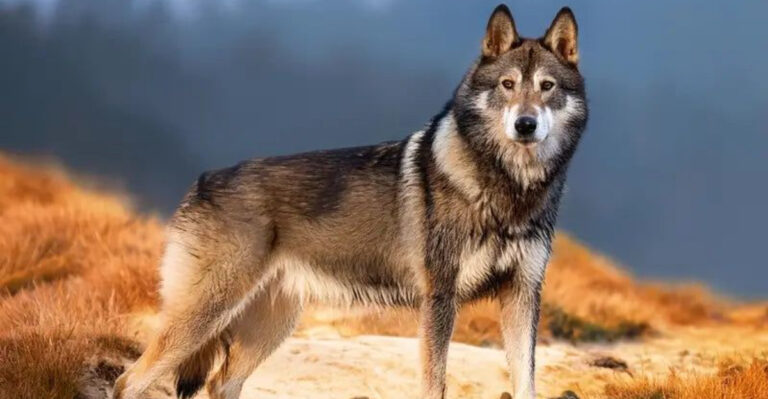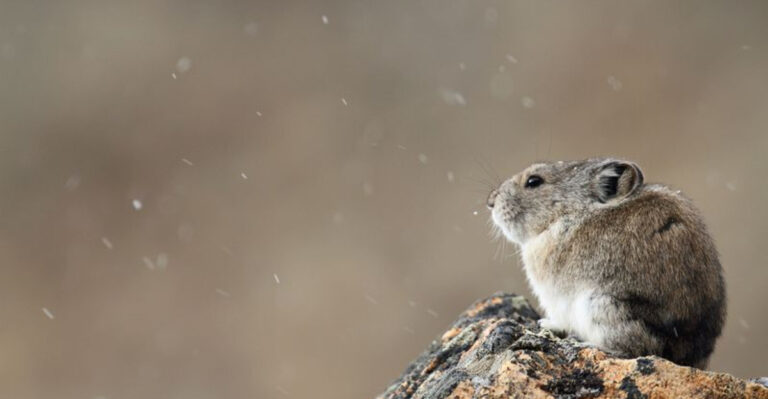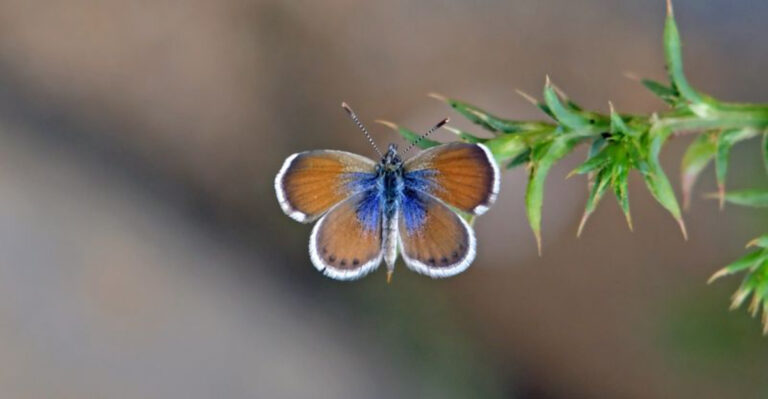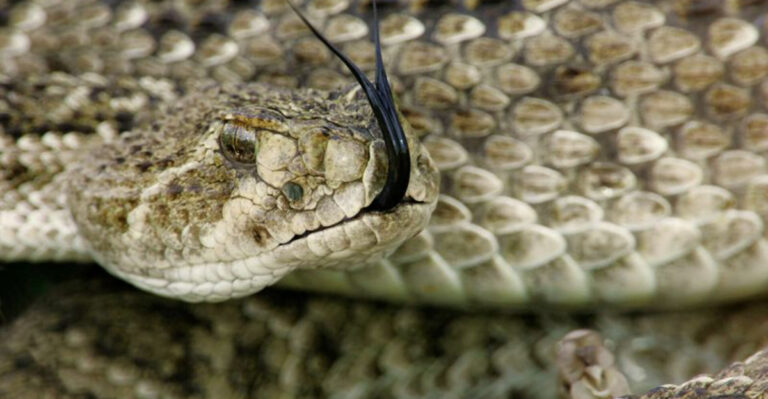These Are The 14 Slowest Aquatic Animals In The World
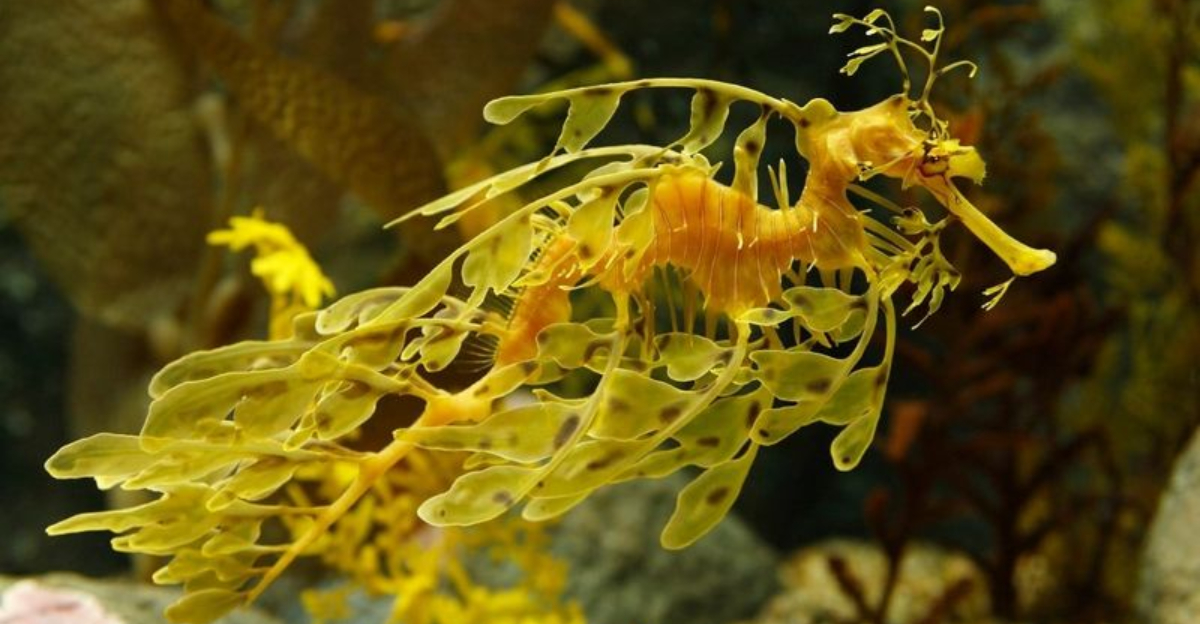
The underwater world is home to creatures that move at vastly different speeds. While some marine animals zip through the water with impressive agility, others take life at an extraordinarily relaxed pace.
These slow-moving aquatic creatures have adapted to conserve energy and often use their unhurried lifestyle as a survival advantage.
1. Sea Horse
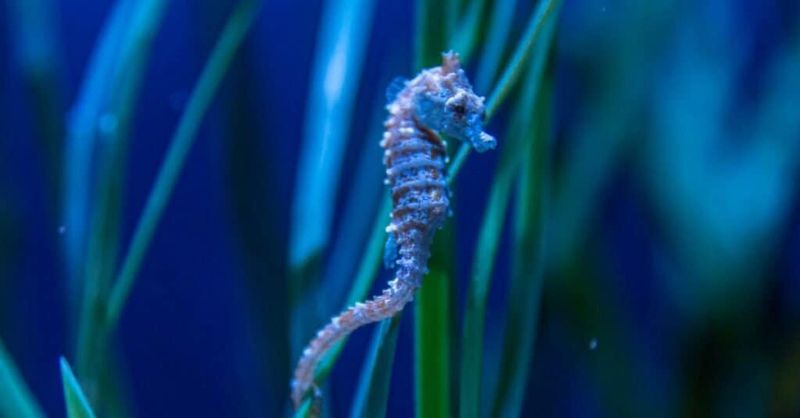
Moving at a maximum speed of about 5 feet per hour, sea horses are among the ocean’s most patient travelers. Their unique body structure, with rigid armor plating and vertical swimming position, limits their mobility.
Instead of speed, these fascinating creatures rely on camouflage to avoid predators. Their slow movement actually helps them blend with swaying seaweed and coral, making them nearly invisible to passing threats.
2. Starfish (Sea Star)
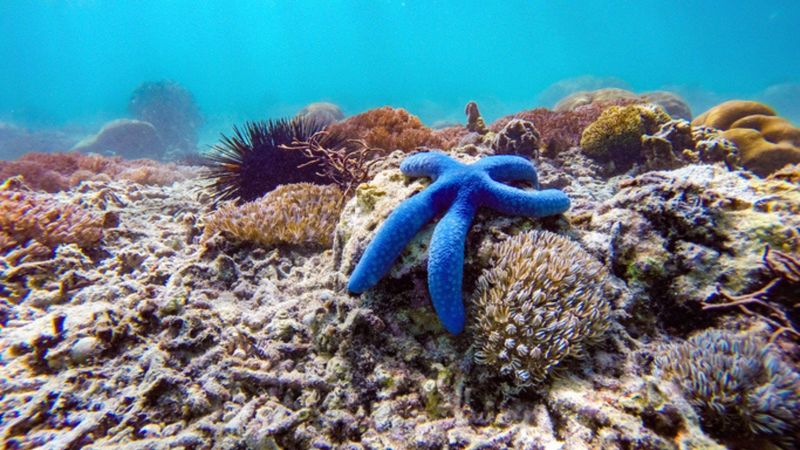
Using hundreds of tiny tube feet beneath their arms, starfish creep along the ocean floor at a pace that would make even a snail seem speedy. They typically move at about 6-10 inches per minute.
Despite this unhurried approach, starfish are surprisingly effective predators. Their slow movement allows them to sneak up on sessile prey like clams and oysters without detection, then use their powerful arms to pry shells open.
3. Giant Barrel Sponge
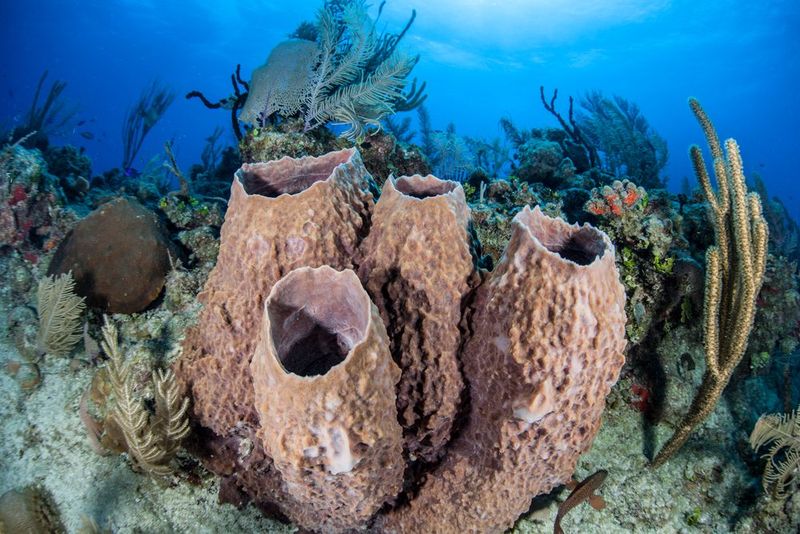
Often called the “redwoods of the reef,” giant barrel sponges don’t move at all as adults. Once they settle as larvae, they remain fixed in place for their entire lives, which can span over 2,000 years!
While not technically “swimming slow,” these living fossils represent the ultimate in underwater stillness. They filter water for food and grow at a glacial pace of less than an inch per year, making them truly patient ocean dwellers.
4. Sea Cucumber
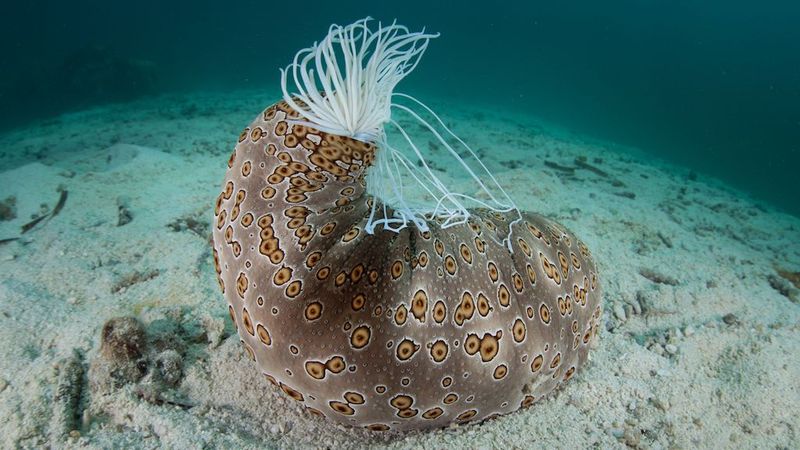
Looking more like a vegetable than an animal, sea cucumbers inch across the seafloor at speeds barely visible to the human eye. Most species travel only a few centimeters per minute using tiny tube feet similar to starfish.
What they lack in speed, they make up for in digestive efficiency. These slow-moving vacuum cleaners consume and process sand, extracting organic matter and cleaning the ocean floor as they go about their unhurried business.
5. Nudibranch
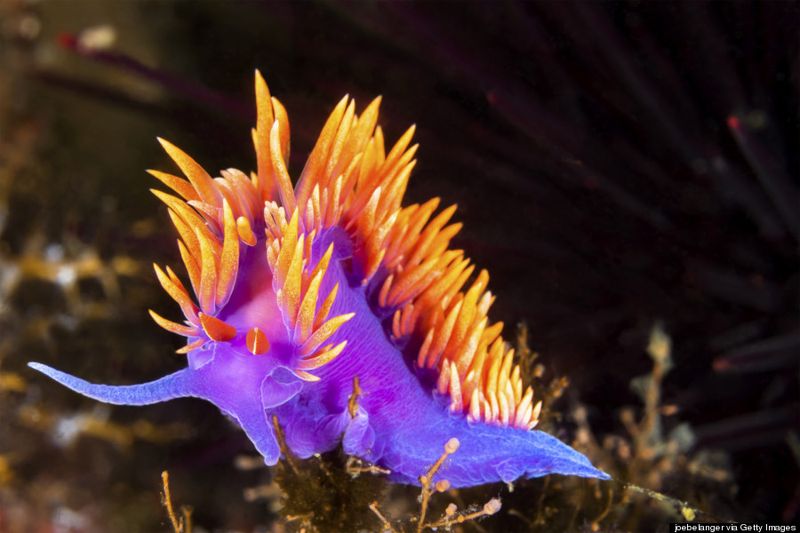
These colorful sea slugs glide along at about 4-6 inches per minute, leaving a mucus trail behind them. Their vibrant colors aren’t just for show—they warn predators that many nudibranch species are toxic.
Despite their sluggish pace, nudibranchs are successful hunters of sponges, anemones, and other stationary creatures. Some species even store the stinging cells from their prey in their own tissues, repurposing these weapons for their own defense!
6. Gorgonian Coral
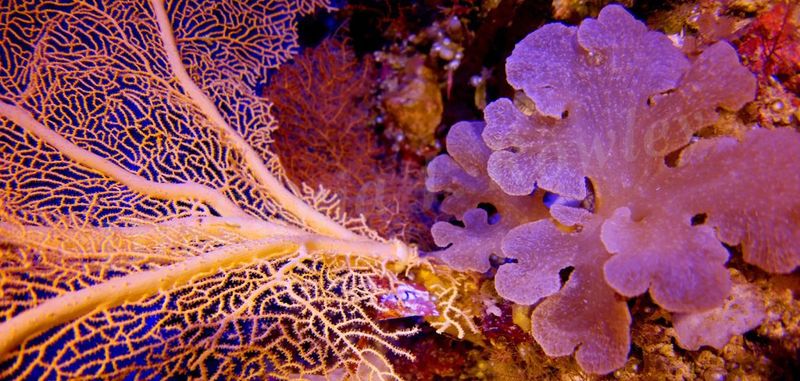
While adult gorgonian corals remain fixed in place, their polyps move with remarkable slowness when feeding or responding to threats. These fan-shaped colonies can take decades to grow just a few inches.
Their branches sway gently in ocean currents, creating the illusion of movement. In reality, each individual polyp moves at an imperceptible pace, extending and retracting its tentacles to capture passing food particles in what seems like slow motion.
7. Spanish Dancer Nudibranch
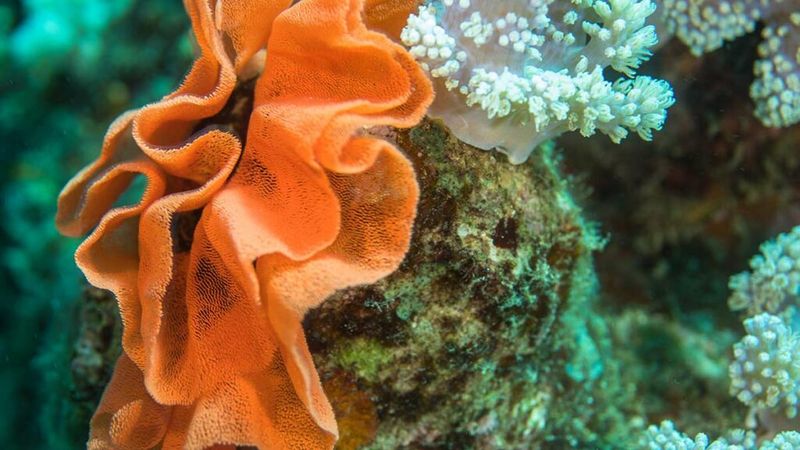
Named for its resemblance to a flamenco dancer’s flowing dress, this large sea slug normally creeps along at about 6 inches per minute. When threatened, it can detach from surfaces and “dance” through the water by undulating its body.
Even this emergency swimming mode is relatively slow compared to most marine creatures. The Spanish Dancer’s bright red coloration serves as a warning to predators, allowing it to move unhurriedly without much fear of being eaten.
8. Giant Clam
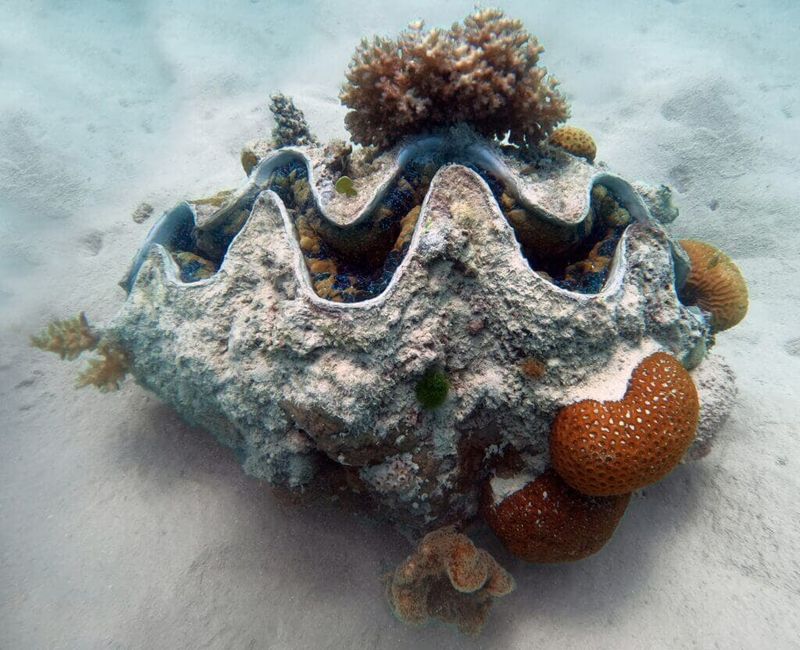
Once they attach to a spot as juveniles, giant clams never move again during their 100+ year lifespan. Their only movement comes from slowly opening and closing their massive shells to filter feed and breathe.
Contrary to popular myths, these gentle giants can’t trap divers. Their slow shell-closing mechanism takes several seconds, giving anything near them plenty of time to move away. Their colorful mantles contain symbiotic algae that provide food through photosynthesis.
9. Sea Anemone
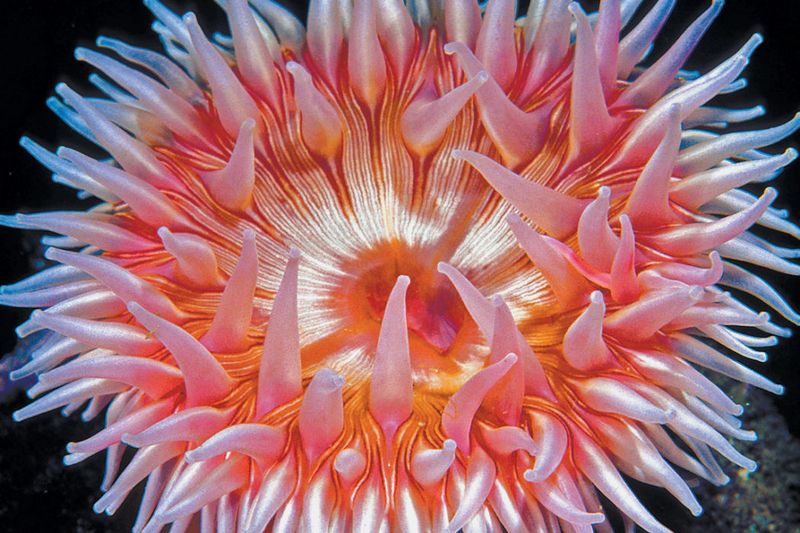
Though they appear plant-like, sea anemones are predatory animals that can move—just very, very slowly. Most species creep along at rates measured in inches per hour using their muscular base.
Some anemones can detach completely to tumble with currents when conditions become unfavorable. Their tentacles contain stinging cells that paralyze prey, allowing these slow hunters to capture fish and crustaceans that swim too close to their waving arms.
10. Leafy Sea Dragon
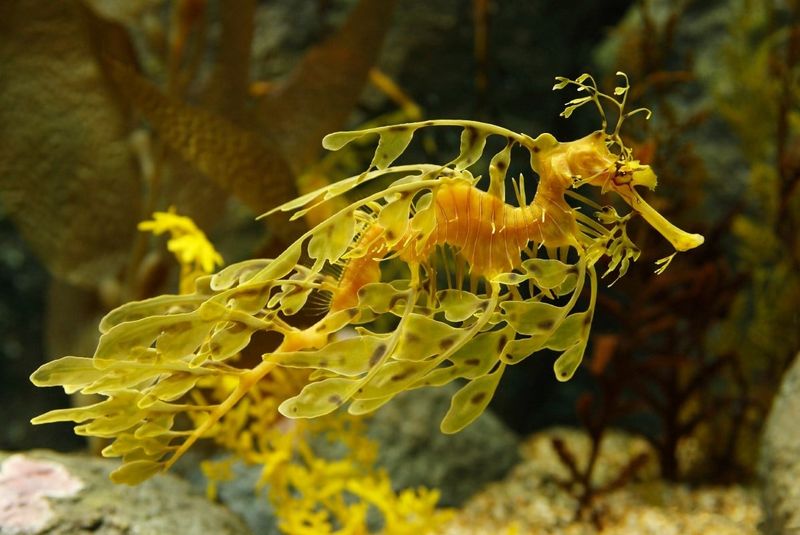
Related to seahorses, these masterfully camouflaged creatures drift through kelp forests at speeds of about 15 feet per hour. Their leaf-like appendages aren’t used for swimming but serve as perfect disguise among seaweed.
Leafy sea dragons use nearly transparent fins that ripple gently to propel themselves. Their slow movement is intentional—moving too quickly would ruin their disguise and expose them to predators. They’re so slow that algae sometimes grows on their bodies!
11. Cone Snail
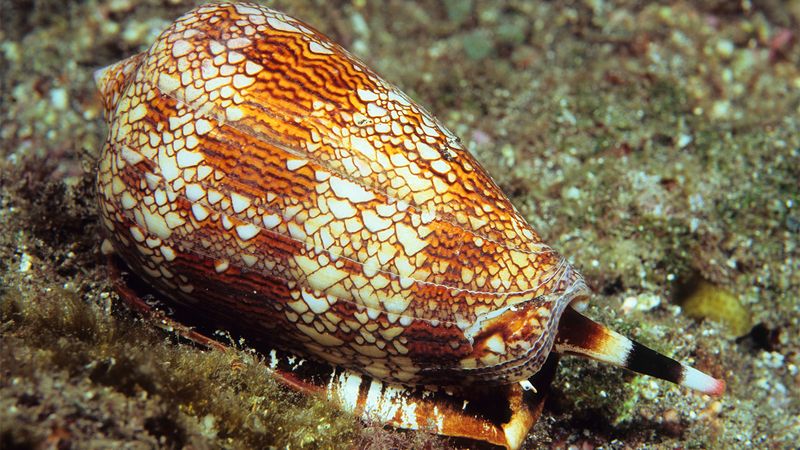
Gliding along on a muscular foot at about 0.1 miles per hour, cone snails are among the slowest hunters in the ocean. Don’t let their leisurely pace fool you—these beautiful mollusks pack a deadly punch.
Armed with a venomous harpoon, cone snails can quickly strike and paralyze fish that swim nearby. Their slow movement is part of their hunting strategy, allowing them to approach prey without creating alarming vibrations in the water.
12. Crown-Of-Thorns Starfish
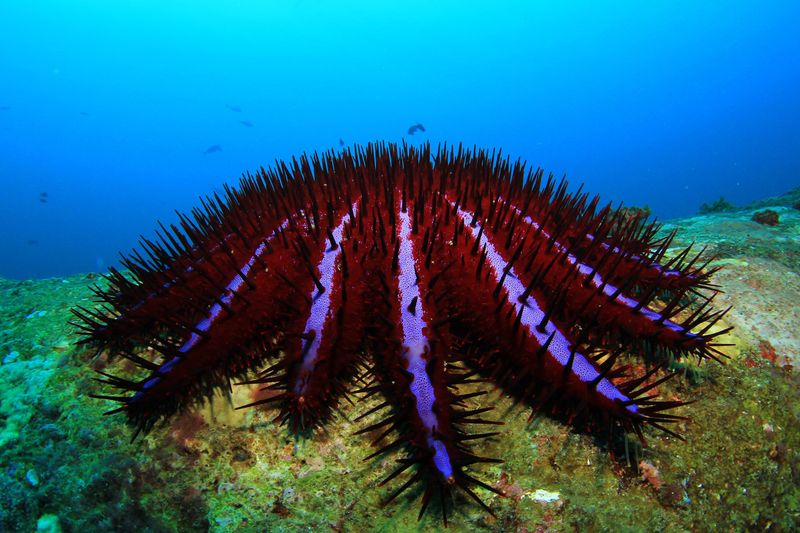
Moving at about 20 centimeters per hour, these spiny starfish are slow but destructive reef predators. Their leisurely pace belies their voracious appetite for coral polyps.
A single crown-of-thorns can consume up to 65 square feet of coral annually despite its slow movement. Their bodies are covered in venomous spines that deter predators, allowing them to feed without rushing. Population explosions of these slow eaters can devastate reef ecosystems.
13. Oyster
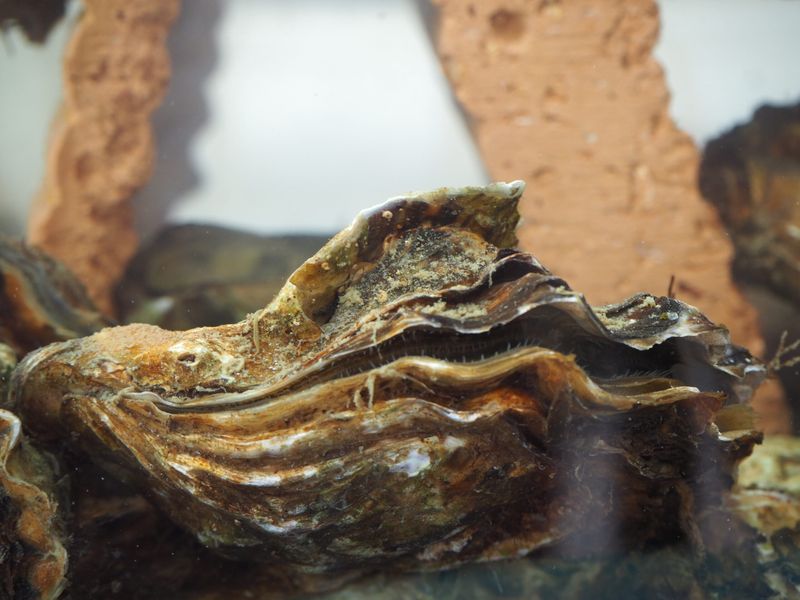
Adult oysters are completely stationary, permanently cementing themselves to rocks or other oysters. Their only movement comes from opening and closing their shells, which they do slowly to filter feed and respond to threats.
As larvae, oysters can swim freely for about two weeks before settling down for life. Once attached, they’ll never move again, spending decades in the same spot while growing their shells and filtering up to 50 gallons of water daily.
14. Benthic Jellyfish
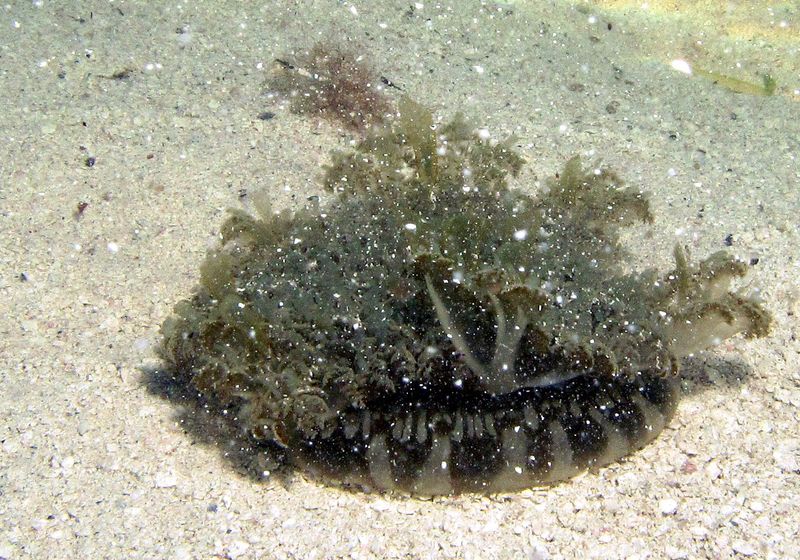
Unlike their free-swimming cousins, benthic jellyfish spend most of their lives upside-down on the seafloor. Species like the Cassiopea (upside-down jellyfish) pulse their bells gently not for movement but to circulate water for feeding.
These unusual jellies host symbiotic algae in their tissues that provide food through photosynthesis. Their stationary lifestyle resembles underwater flowers more than active animals, with only occasional, extremely slow repositioning when conditions change.

